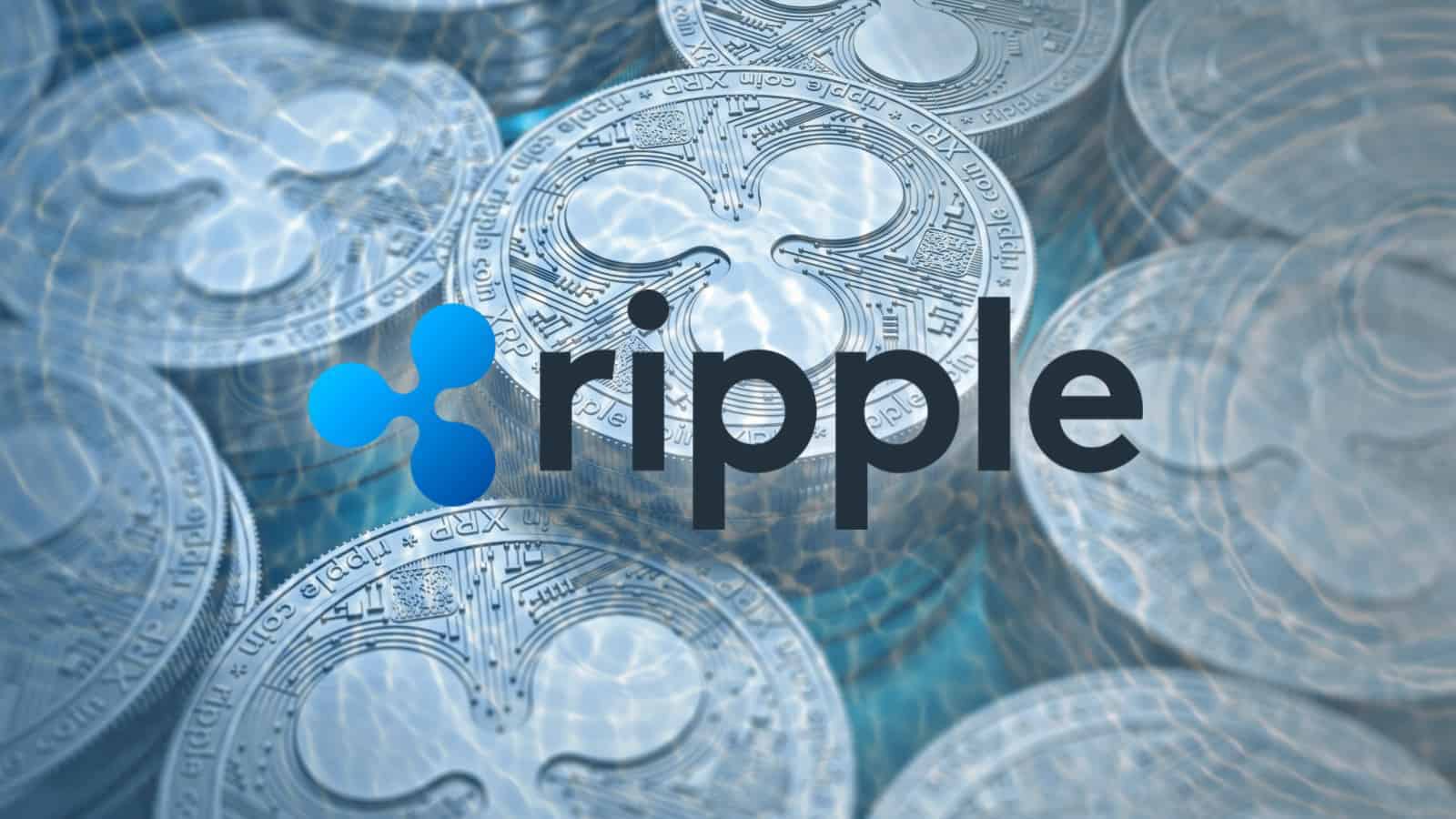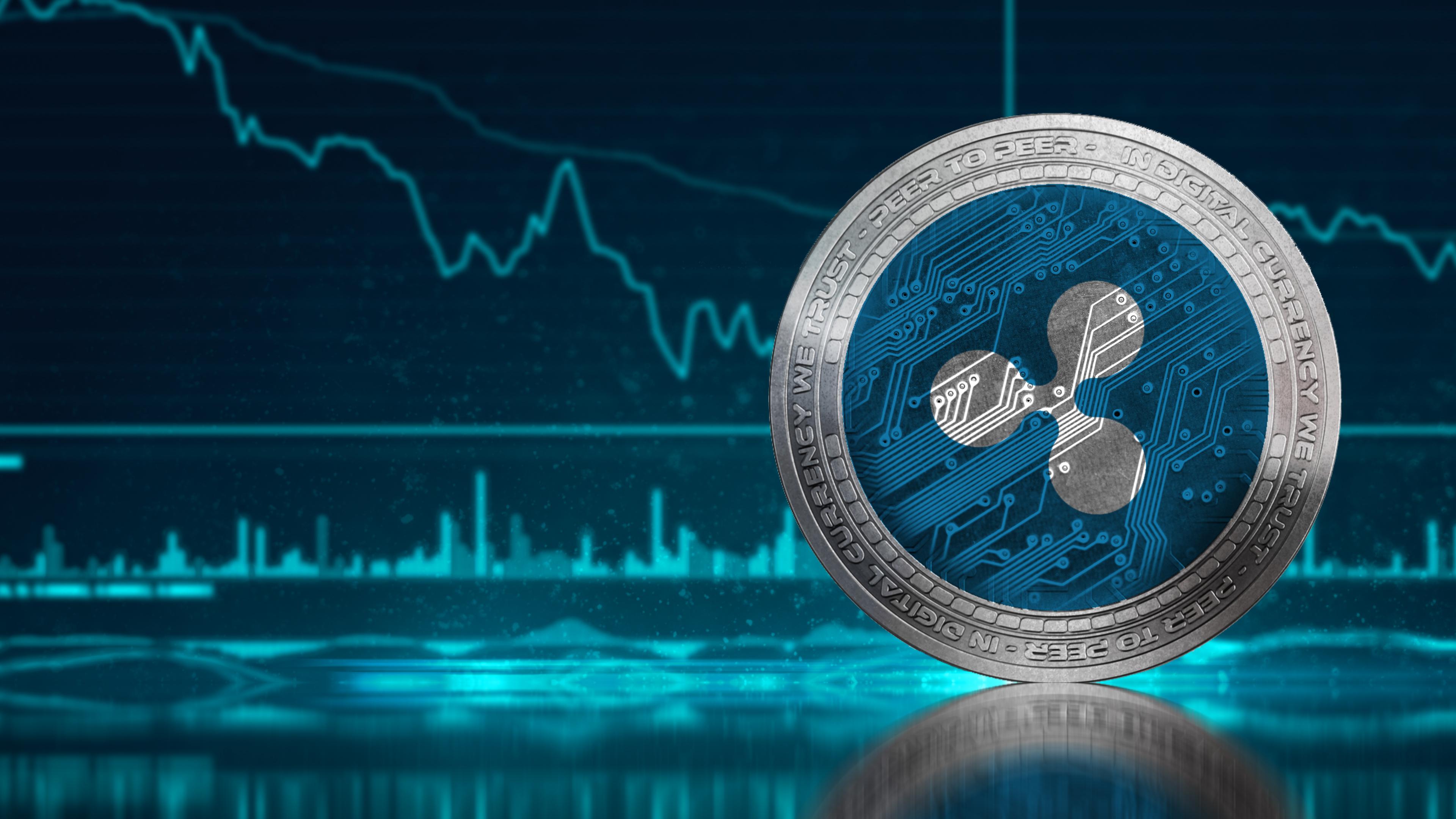XRP’s Role in the Global Financial Landscape: Ripple Xrp

XRP, the native cryptocurrency of Ripple, has emerged as a significant player in the global financial landscape, promising to revolutionize cross-border payments and potentially disrupt traditional financial institutions. This section delves into the potential impact of XRP, its regulatory environment, and its comparison to other cryptocurrencies.
XRP’s Impact on the Global Financial System
XRP’s potential impact on the global financial system is substantial, primarily due to its speed, cost-effectiveness, and scalability. XRP’s technology facilitates faster and cheaper cross-border transactions, potentially disrupting traditional banking and remittance services.
The traditional banking system often faces challenges in facilitating cross-border payments due to lengthy processing times, high fees, and complex regulations. XRP’s decentralized nature, coupled with its robust network, can significantly reduce these obstacles.
For example, RippleNet, Ripple’s network for financial institutions, enables banks to send and receive payments in real-time, with minimal fees. This efficiency could attract institutions looking to streamline their cross-border transactions, potentially increasing XRP’s adoption and driving its value.
The Regulatory Landscape Surrounding XRP
The regulatory landscape surrounding XRP is complex and evolving. While XRP has gained significant traction in the financial industry, regulatory uncertainty remains a significant challenge.
The US Securities and Exchange Commission (SEC) has classified XRP as a security, raising concerns about its future. This classification could potentially hinder XRP’s adoption, as it would subject it to stricter regulations and oversight.
However, Ripple has been actively engaging with regulators to clarify its position and promote XRP’s adoption. The outcome of these regulatory discussions will significantly impact XRP’s future trajectory.
Comparing XRP with Bitcoin and Ethereum
XRP’s unique characteristics set it apart from other cryptocurrencies, particularly Bitcoin and Ethereum. While Bitcoin is primarily known for its store-of-value properties, and Ethereum for its smart contract capabilities, XRP focuses on facilitating fast and efficient cross-border payments.
XRP’s Strengths:
- Speed and Scalability: XRP transactions are significantly faster and more scalable than Bitcoin or Ethereum, making it ideal for real-time payments.
- Low Transaction Fees: XRP transactions are typically cheaper than Bitcoin or Ethereum, making it more cost-effective for cross-border payments.
- Focus on Payments: XRP is specifically designed for cross-border payments, offering a dedicated solution for financial institutions.
XRP’s Weaknesses:
- Centralized Development: Unlike Bitcoin and Ethereum, XRP is developed and controlled by Ripple, a centralized entity, raising concerns about its decentralization.
- Regulatory Uncertainty: The SEC’s classification of XRP as a security creates uncertainty about its future and potential adoption.
- Limited Use Cases: XRP’s primary use case is cross-border payments, limiting its potential applications compared to Bitcoin or Ethereum.
Current and Future Use Cases of XRP
While XRP is primarily known for its cross-border payment capabilities, its potential applications extend beyond this. XRP can be used for various financial and non-financial applications, such as:
Financial Applications:
- Micropayments: XRP’s low transaction fees make it suitable for micropayments, enabling seamless transactions for small amounts.
- Loyalty Programs: XRP can be integrated into loyalty programs, allowing businesses to reward customers with digital tokens.
- Trading and Exchange: XRP can facilitate trading and exchange of various assets, including fiat currencies and other cryptocurrencies.
Non-Financial Applications:
- Supply Chain Management: XRP can track and manage goods in supply chains, providing transparency and efficiency.
- Internet of Things (IoT): XRP can be used for microtransactions in IoT devices, enabling seamless payments for services.
- Gaming and Digital Content: XRP can facilitate in-game purchases and digital content transactions, providing a secure and efficient payment method.
Ripple’s Business Model and Partnerships

Ripple operates a unique business model focused on facilitating cross-border payments for financial institutions. It leverages its proprietary technology, XRP, and a global network of partnerships to offer a faster, more efficient, and cost-effective alternative to traditional payment systems.
Ripple’s revenue streams are primarily generated through the sale of its software solutions to financial institutions. These solutions, such as RippleNet and xRapid, enable banks and other financial institutions to send and receive payments across borders in a more streamlined and cost-effective manner. Ripple also generates revenue through the sale of XRP, its native cryptocurrency, which is used as a bridge currency to facilitate transactions on its network.
Key Partnerships and Collaborations
Ripple’s success is heavily reliant on its extensive network of partnerships with financial institutions and other companies. These partnerships allow Ripple to expand its reach and influence within the global financial landscape.
- Ripple has forged strategic partnerships with major financial institutions such as American Express, Santander, and MoneyGram, among others. These partnerships enable Ripple to integrate its technology into existing payment systems, facilitating seamless cross-border transactions.
- Ripple has also collaborated with technology providers and fintech companies, such as IBM and SBI Holdings, to enhance its payment solutions and expand its reach into new markets.
- Ripple’s partnerships extend beyond traditional financial institutions to include remittance companies, payment processors, and other businesses that rely on cross-border payments.
Challenges and Opportunities
Ripple faces several challenges in its quest to revolutionize the global financial system. These challenges include:
- Regulatory uncertainty: The regulatory landscape for cryptocurrencies is constantly evolving, creating challenges for Ripple’s operations and expansion. Ripple actively engages with regulators to ensure its products and services comply with relevant regulations.
- Competition: Ripple faces stiff competition from other blockchain-based payment solutions and traditional financial institutions seeking to improve their cross-border payment capabilities. Ripple’s focus on innovation and building a robust network of partners is crucial for maintaining its competitive edge.
- Adoption: Widespread adoption of Ripple’s technology is essential for its success. Ripple continues to invest in education and outreach initiatives to promote understanding and adoption of its solutions among financial institutions and other stakeholders.
Financial Performance and XRP Market, Ripple xrp
Ripple’s financial performance is closely tied to the performance of the XRP market. The price of XRP is highly volatile and subject to market sentiment and broader crypto market trends. Ripple’s revenue from XRP sales has fluctuated significantly in recent years, reflecting the volatility of the cryptocurrency market.
- Ripple’s financial performance has been impacted by the broader crypto market downturn in recent years. The price of XRP has declined significantly from its all-time high, leading to reduced revenue from XRP sales.
- Ripple’s focus on building a sustainable business model based on software solutions and partnerships with financial institutions aims to mitigate its dependence on the volatile XRP market.
- Despite the challenges, Ripple remains committed to its mission of transforming the global financial system and providing a more efficient and cost-effective way for financial institutions to send and receive payments across borders.
Ripple XRP, the cryptocurrency designed for fast and cost-effective cross-border payments, has been making waves in the financial world. While its technology is complex, the concept of smooth transactions is relatable to the elegant simplicity of wedding chair cover ties , which subtly enhance the overall aesthetic of a wedding reception.
Just as these ties add a touch of sophistication, Ripple XRP aims to bring efficiency and elegance to global financial transactions.
Ripple XRP, with its focus on cross-border payments, is a technology that operates within a global context. This means understanding the complexities of international relations, including conflicts like the one between Israel and Hamas, is crucial. Understanding the history and dynamics of this conflict, as outlined in this article on the Israeli-Hamas conflict , can help us appreciate the geopolitical challenges that Ripple XRP must navigate to achieve its goals.
